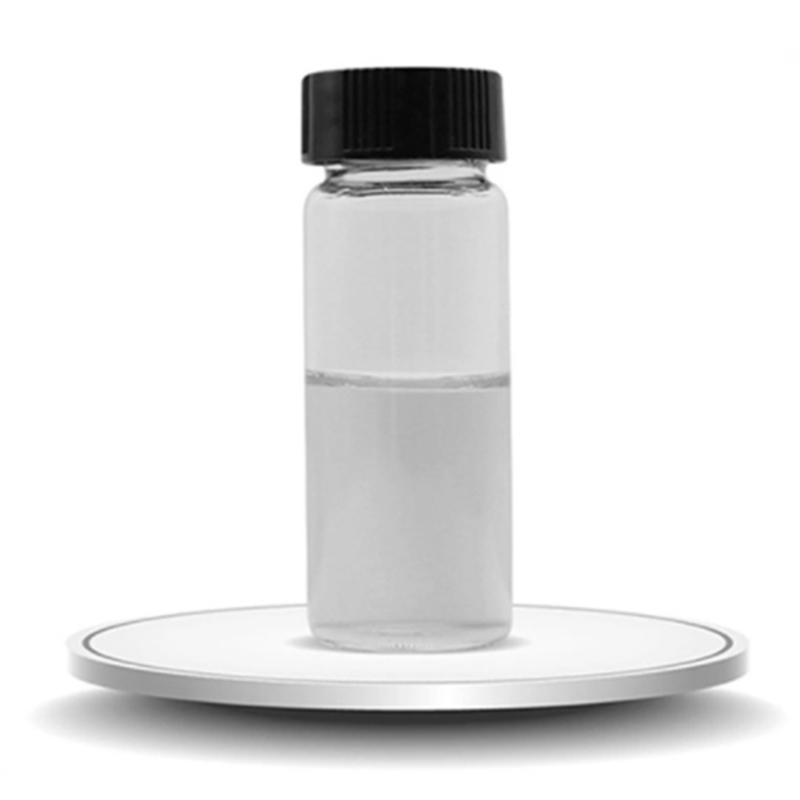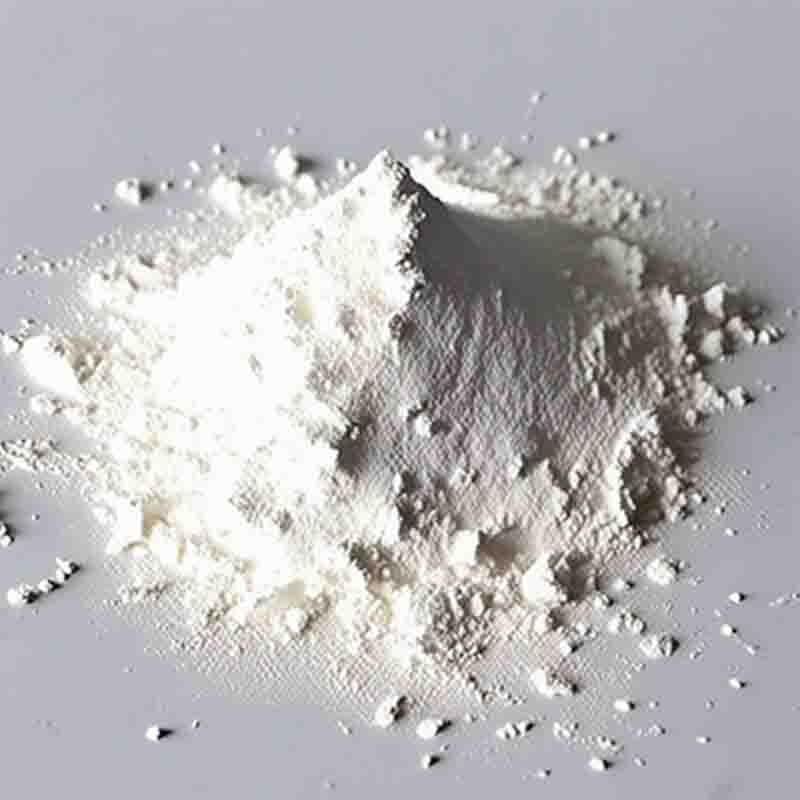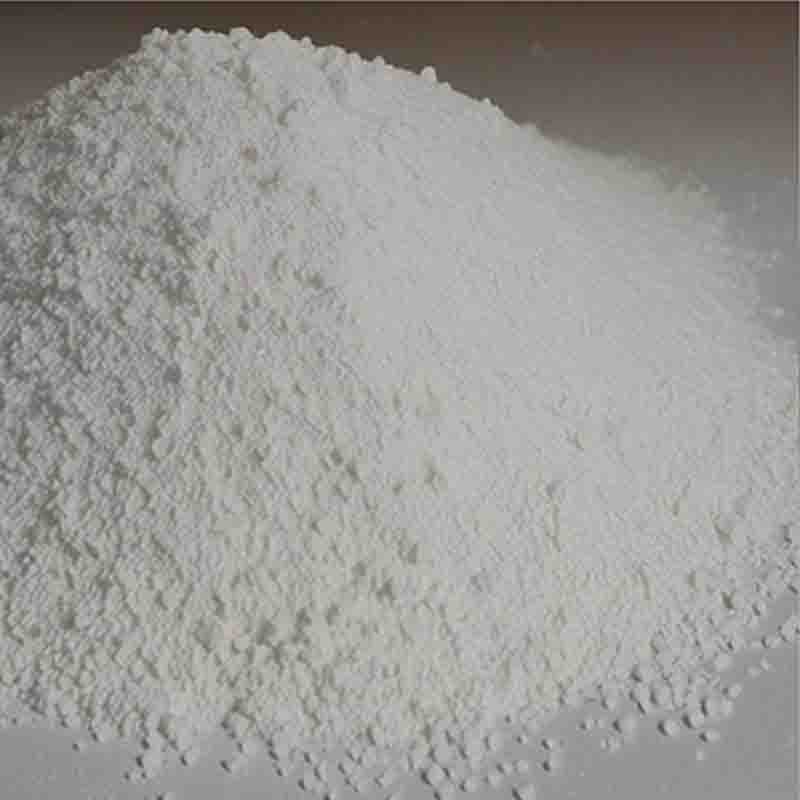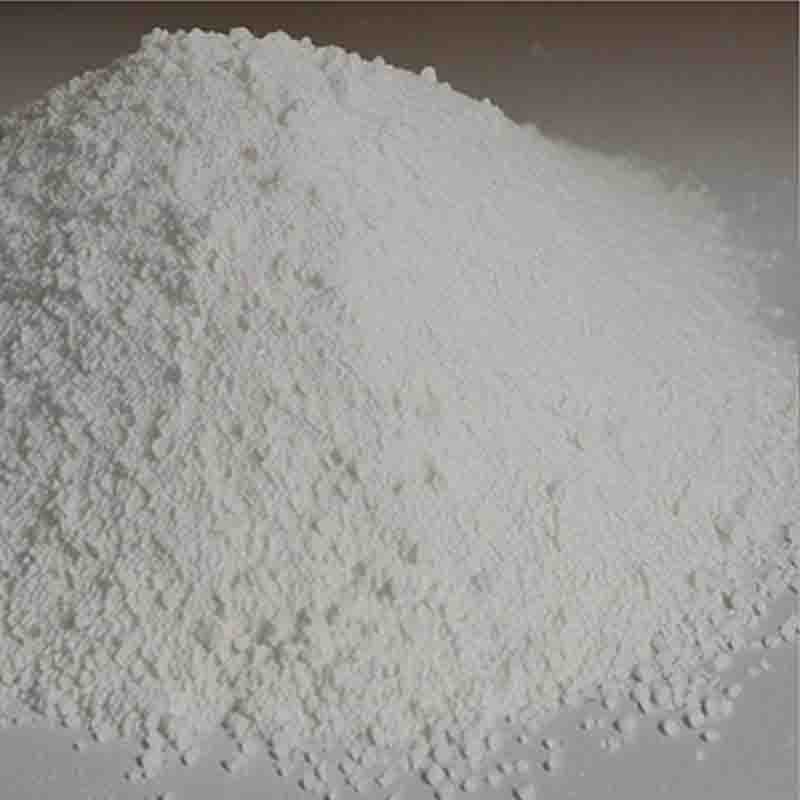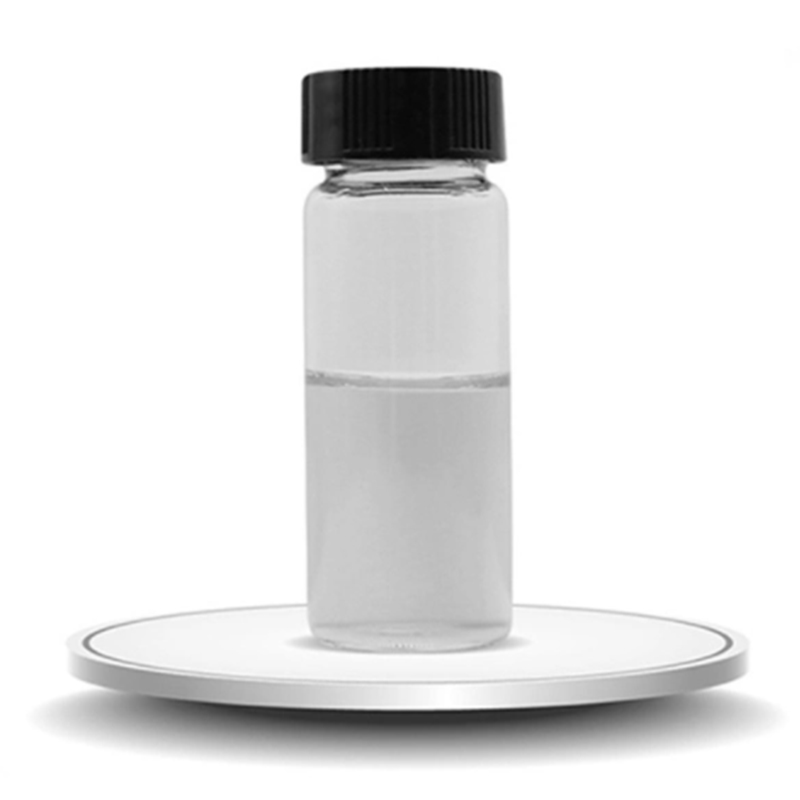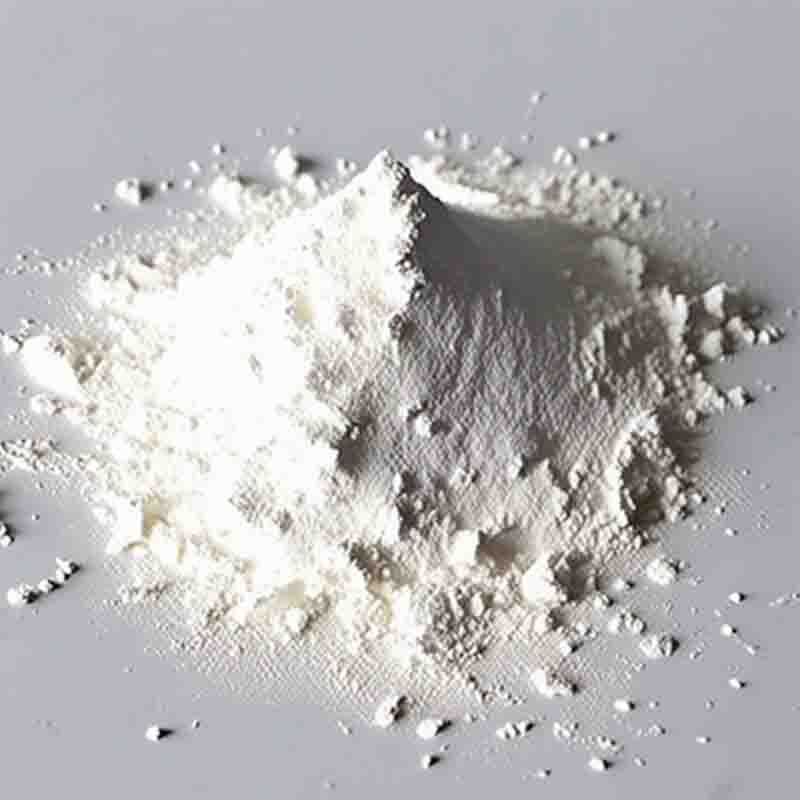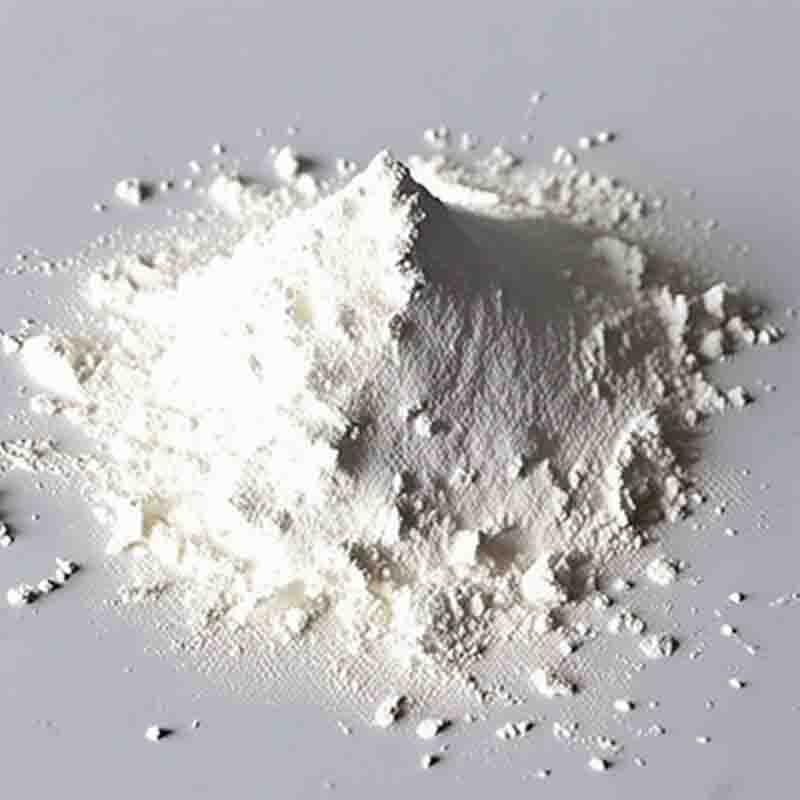3-Pyridyl bromide CAS: 626-55-1
| Catalog Number | XD93332 |
| Product Name | 3-Pyridyl bromide |
| CAS | 626-55-1 |
| Molecular Formula | C5H4BrN |
| Molecular Weight | 158 |
| Storage Details | Ambient |
Product Specification
| Appearance | Colorless liquid |
| Assay | 99% min |
3-Pyridyl bromide, also known as 3-bromopyridine, is a chemical compound that finds application in various fields, including pharmaceuticals, agrochemicals, and organic synthesis. Its molecular structure, which consists of a pyridine ring with a bromine atom attached to it, imparts certain properties that make it useful in a range of applications.One of the primary uses of 3-Pyridyl bromide is in the pharmaceutical industry. It serves as a building block for the synthesis of a wide variety of pharmaceutical compounds. Its bromine atom can undergo substitution reactions, facilitating the attachment of different functional groups to the pyridine ring and allowing for the creation of novel drug candidates. 3-Pyridyl bromide derivatives have been employed in the synthesis of anti-inflammatory drugs, analgesics, antipsychotics, antiviral agents, and other medications. Its versatility in organic synthesis makes it an important tool in the development of new pharmaceutical compounds with potential therapeutic activities.In the agrochemical sector, 3-Pyridyl bromide is used for the synthesis of herbicides and pesticides. Its bromine atom can be utilized to introduce specific chemical functionalities into the pyridine ring, enhancing the efficacy and selectivity of the resulting agricultural chemicals. By incorporating 3-Pyridyl bromide into the structure of these compounds, researchers can design effective solutions for weed and pest control in agriculture. It is particularly valuable in the development of selective herbicides that target specific weed species without harming the desired crops.Furthermore, 3-Pyridyl bromide finds applications in organic synthesis as a versatile reagent. It can participate in a variety of chemical reactions, such as cross-coupling reactions, nucleophilic substitution reactions, and transition-metal-catalyzed reactions. Its presence in the reactant mixture can influence the reaction outcome, allowing the synthesis of complex organic molecules with unique structural features.It is important to handle 3-Pyridyl bromide with caution due to its hazardous properties. Appropriate safety measures, such as working in a well-ventilated area and using personal protective equipment, should be followed to minimize the risk of exposure or accidental release.In summary, 3-Pyridyl bromide is a versatile compound with applications in pharmaceuticals, agrochemicals, and organic synthesis. Its bromine atom enables the synthesis of diverse pharmaceutical compounds, including anti-inflammatory drugs and antiviral agents. Additionally, it is valuable in the development of herbicides and pesticides for selective weed and pest control in agriculture. Its participation in various chemical reactions makes it a useful reagent in organic synthesis. Proper handling and safety precautions should be observed when working with 3-Pyridyl bromide to ensure safe and effective use in various applications.


